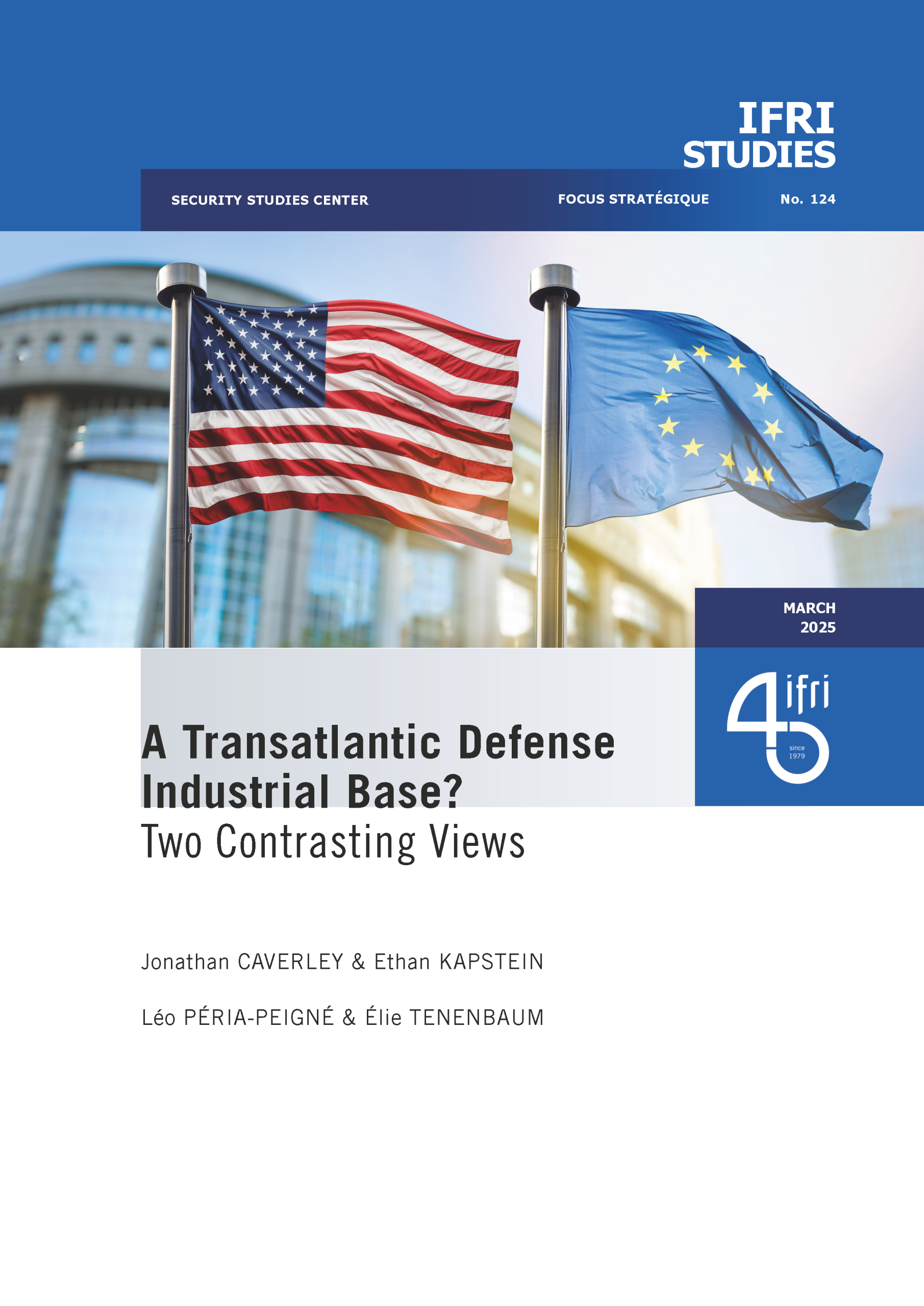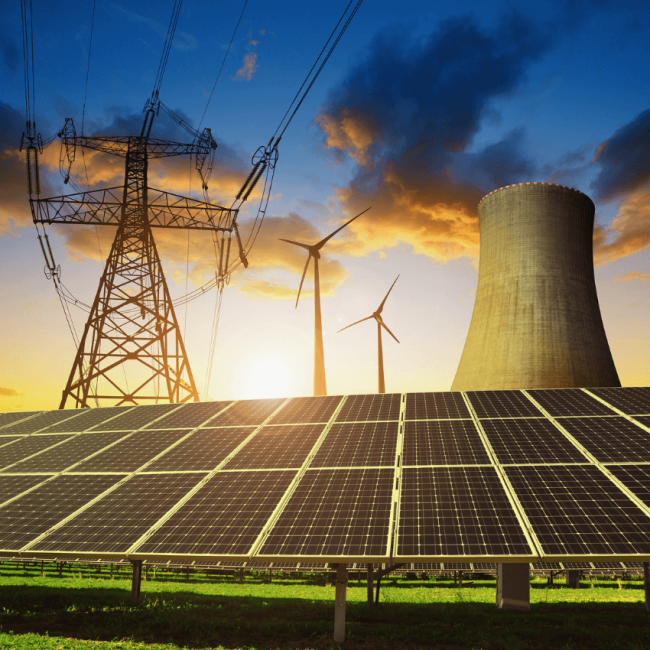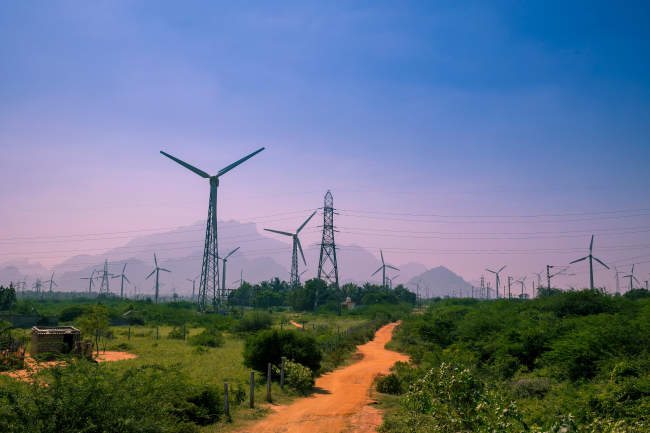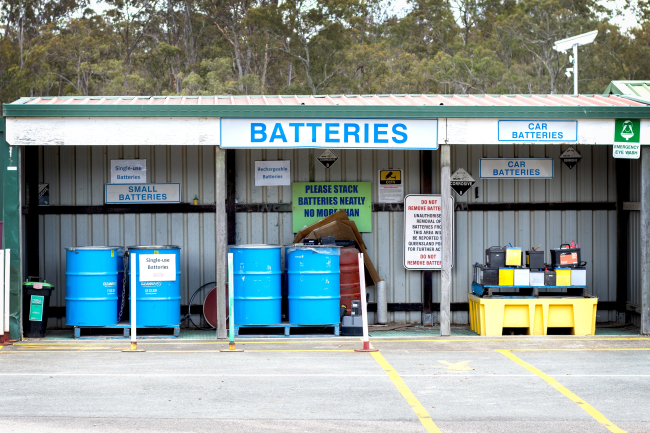AI, Data Centers and Energy Demand: Reassessing and Exploring the Trends
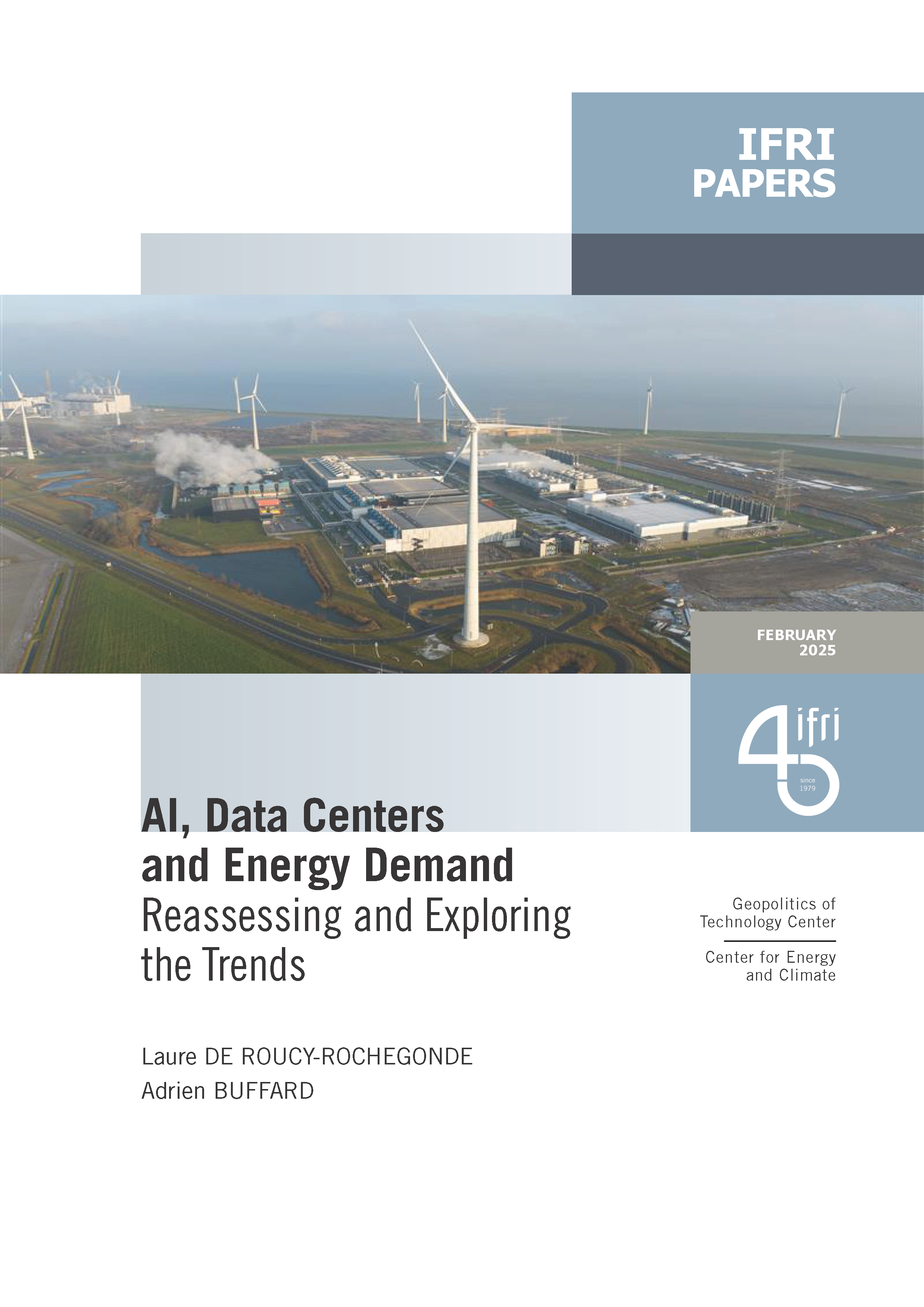
The information and communication technologies sector today accounts for 9% of global electricity consumption, data centers for 1-1.3%, and artificial intelligence (AI) for less than 0.2%. The growing energy demands of cloud services first, and now AI workloads (10% of today’s data centers electricity demand), have exacerbated this trend. In the future, hyperscale data centers will gain shares amongst all kinds of data centers and AI will probably account for around 20% of data centers electricity demand by 2030.
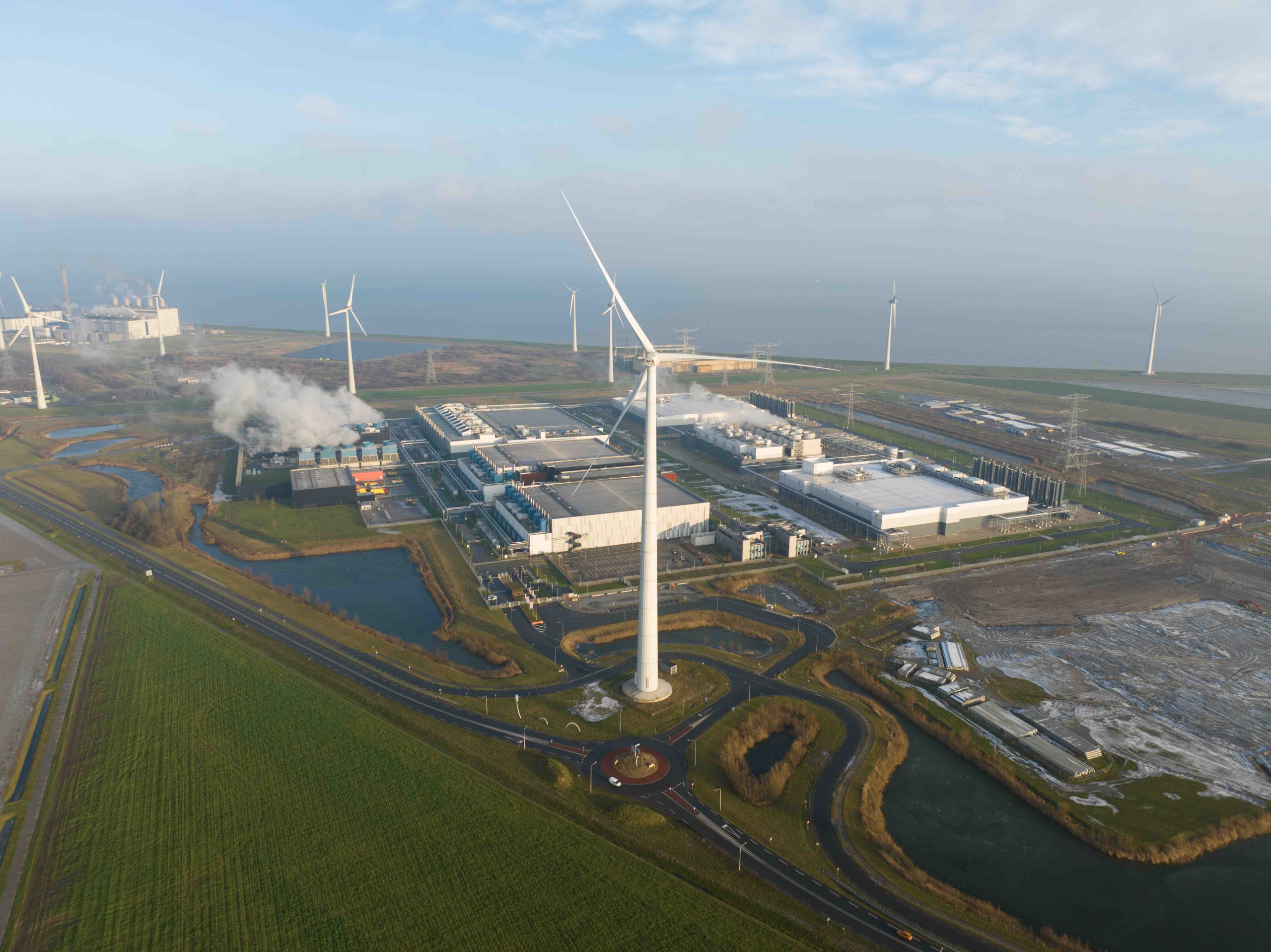
If data center electricity consumption is booming at the global level (expected to be between 1,000 and 2,000 TWh in 2030), it remains a modest driver of the global growth in final electricity demand, far behind air conditioning and the electrification of industries. Since AI deployment offers a wide range of opportunities for the industry and energy sectors, ranging from efficiency gains to fusion monitoring and smart grids, it is pushing up the electricity demand in some regions where it is widely concentrated. In the US, where more than half of the world’s data centers are located, they could make up to 13% of the total electricity consumption in 2030 (compared with 4% in 2024), representing 560 TWh of consumption then. In Europe, AI needs should account for 4 to 5% of total electricity demand by then (up from 2-3% in 2024).
Some uncertainties over AI’s future impacts remain as the technology must cope with numerous challenges that will likely hamper its full deployment and usage in the years ahead. Grid queues are rising and data centers are reinforcing the pressure on already strained grids in the US and Europe. To cope with the surging electricity demand, additional dispatchable capacity generation is needed and data centers may be a long tailwind for gas production, especially when coupled with Trump’s “drill, baby, drill’ agenda. Likewise, the chip market concentration amidst a deepening trade war may slow down AI deployment. Other concerns and challenges encompass the lack of flexibility, water supply, and workers’ skills.
Big Tech is playing a key role in the rollout of data centers. However, the fast deployment of AI is jeopardizing firms’ climate targets as electricity growth and the need for better infrastructures are outpacing their green agenda. Still, with record power purchase agreements (PPAs) in renewables, nuclear power, and small modular reactor (SMR) start-ups –in addition to a large fleet of bidirectional charging electric vehicles–, Big Tech companies are increasingly becoming important energy actors and could further play a key role in providing demand response services, especially if data centers proved to be flexible. Meanwhile, Big Oil looks carefully at the AI irruption, reconsidering its renewables investments and willing to take advantage of the technology to decarbonize faster and further its drilling operations.
In the future, data centers will most likely be even more concentrated in some places. The US will remain their favorite host, whilst European data centers will prefer either countries with cheap and abundant power (Scandinavia and France) or where industries, finance and tax incentives are located (Germany, the UK, and Ireland). With the geopolitical competition on AI capabilities and megaprojects such as $500bn Stargate or France’s €109bn announced investments, immense data centers will be built with capacities reaching 5 GW, providing incentives for Big Tech to look closer to traditional nuclear power plants. Leaders are raising awareness of the environmental impacts of AI, as the AI Action Summit in early February 2025 in Paris highlighted, insisting on the need for sustainable AI.

Available in:
Themes and regions
ISBN / ISSN
Share
Download the full analysis
This page contains only a summary of our work. If you would like to have access to all the information from our research on the subject, you can download the full version in PDF format.
AI, Data Centers and Energy Demand: Reassessing and Exploring the Trends
Related centers and programs
Discover our other research centers and programsFind out more
Discover all our analysesUnlocking India’s Energy Transition: Addressing Grid Flexibility Challenges and Solutions
India is rapidly scaling up its renewable energy (RE) capacity, adding 15–20 GW annually, but the ambitious goal of 500 GW of non-fossil capacity by 2030 is at risk unless the pace accelerates.
Europe’s Black Mass Evasion: From Black Box to Strategic Recycling
EV batteries recycling is a building block for boosting the European Union (EU)’s strategic autonomy in the field of critical raw minerals (CRM) value chains. Yet, recent evolutions in the European EV value chain, marked by cancellations or postponements of projects, are raising the alarm on the prospects of the battery recycling industry in Europe.
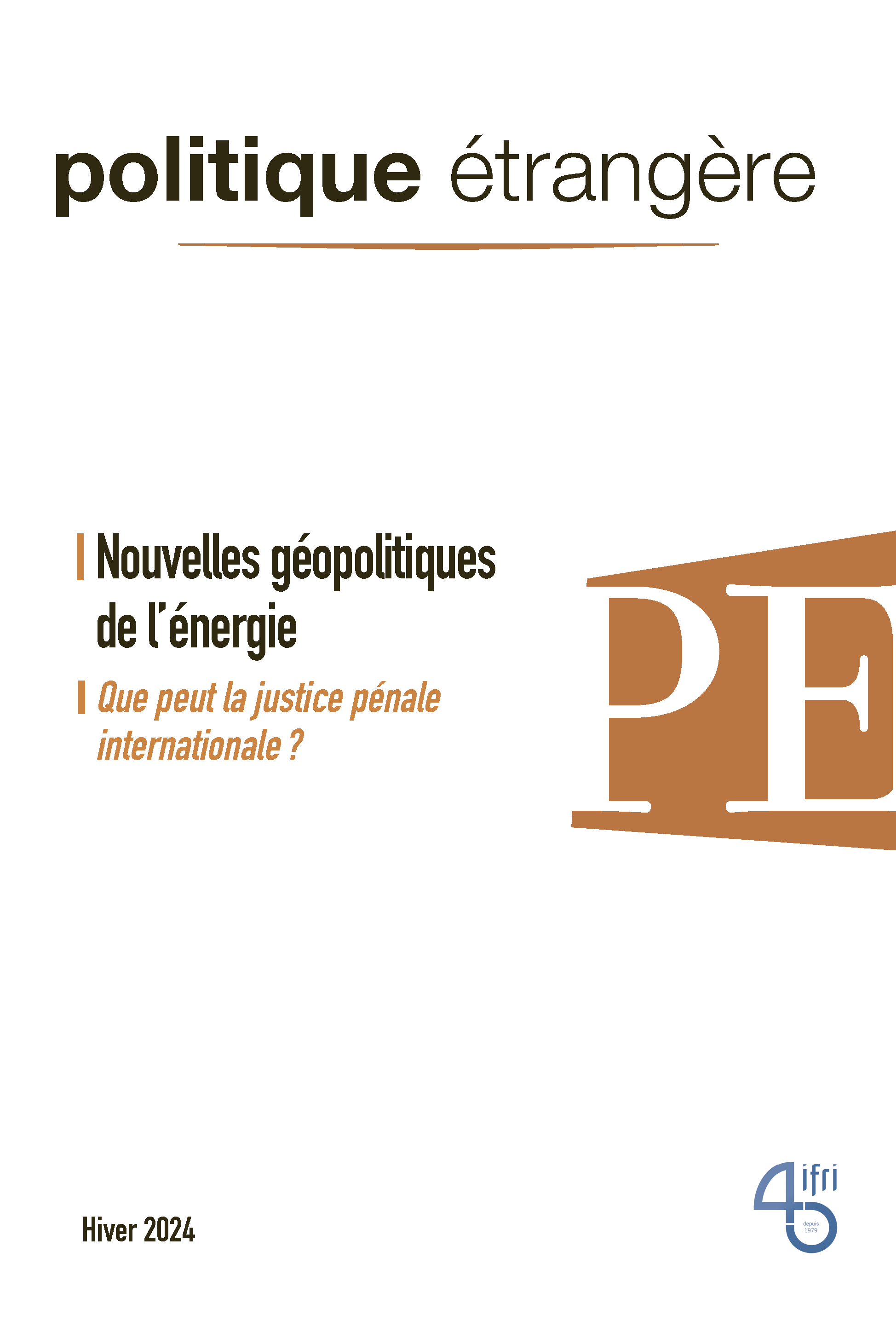
The New Geopolitics of Energy
Following the dramatic floods in Valencia, and as COP29 opens in Baku, climate change is forcing us to closely reexamine the pace—and the stumbling blocks—of the energy transition.
Can carbon markets make a breakthrough at COP29?
Voluntary carbon markets (VCMs) have a strong potential, notably to help bridge the climate finance gap, especially for Africa.


